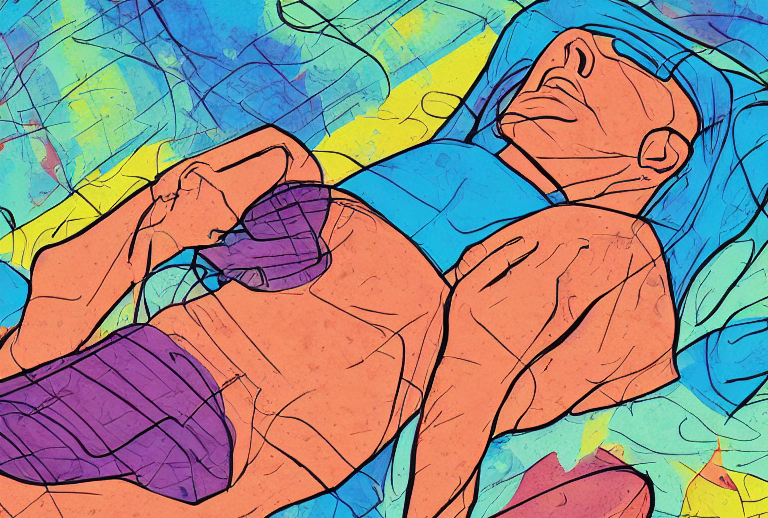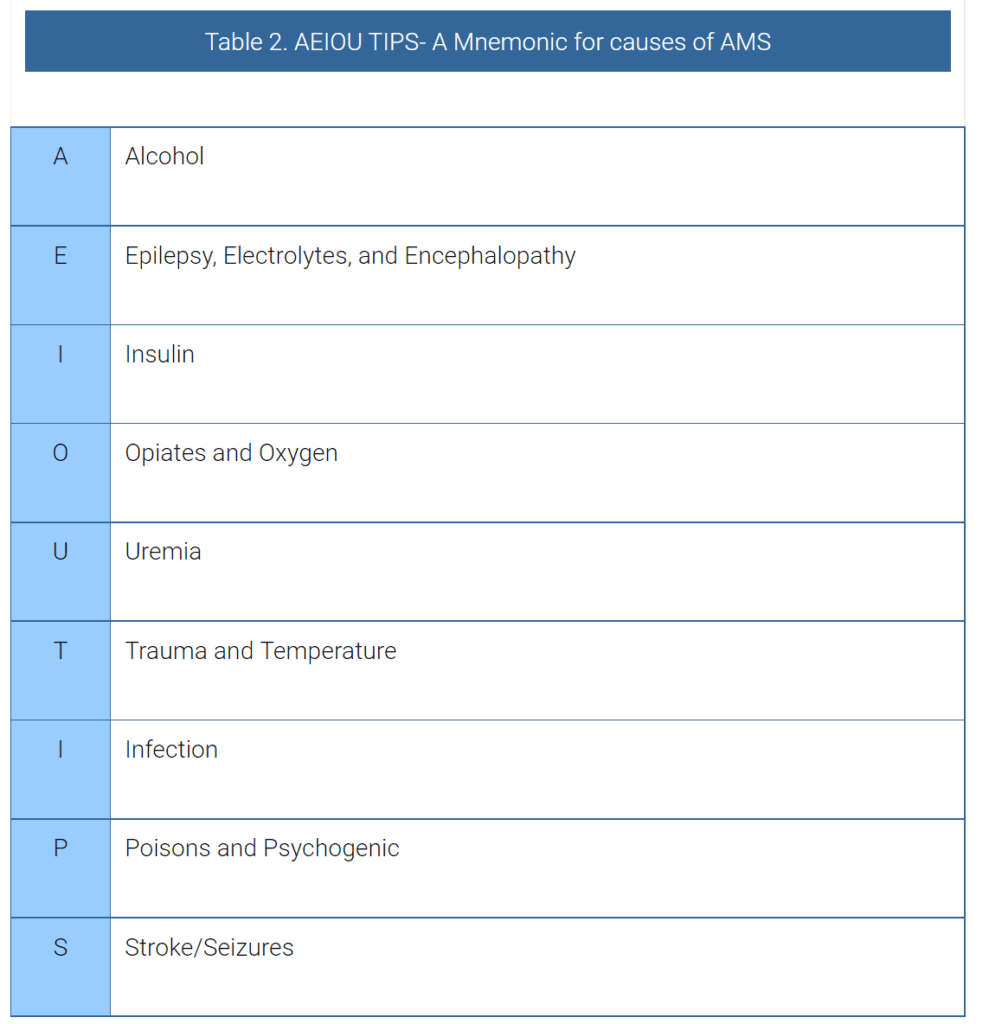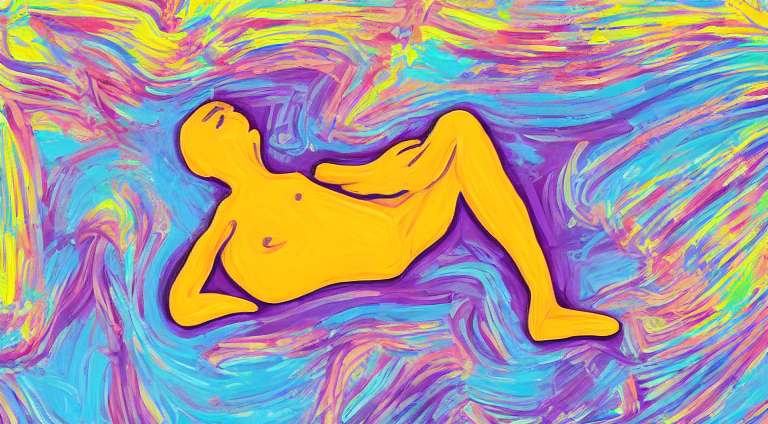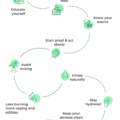When someone nearby suddenly loses consciousness or behaves in a confused manner, it can be alarming. However, simple and clear actions from those nearby can help to minimize risks and potentially save a person’s life. Therefore, I want to provide you with information on how to administer first aid for unconsciousness.
What is unconsciousness?
Unconsciousness is a state in which a person is not aware of their surroundings and unable to respond to stimuli such as touch, sound, or light. It can be caused by a variety of factors, including injury, illness, or medication.
There are different levels of unconsciousness, ranging from mild confusion to complete loss of consciousness. Mild unconsciousness can occur due to a lack of oxygen, low blood sugar, or dehydration, while more severe cases can be caused by head trauma, seizures, or an overdose.
What are indicators that a person may become unconscious?

There are several indicators that a person may become unconscious. These include:
Dizziness or lightheadedness: This can be a sign of a drop in blood pressure or blood sugar levels, which can lead to unconsciousness.
Nausea and vomiting: This can be a sign of a severe headache, concussion, or other medical conditions that can lead to unconsciousness.
Confusion or disorientation: This can be a sign of a brain injury or other neurological conditions that can cause unconsciousness.
Rapid or shallow breathing: This can be a sign of a medical emergency, such as a heart attack or stroke, which can lead to unconsciousness.
Seizures: Seizures can cause loss of consciousness and are often a sign of an underlying medical condition.
If you or someone you know is experiencing any of these symptoms, it is important to seek medical attention immediately. Prompt medical care can help prevent the progression of these symptoms and potentially save a person’s life.
Warning signs of unconsciousness
There are warning signs that can indicate when a person is on the verge of losing consciousness, such as sudden unresponsiveness, a blank or bewildered expression, lightheadedness or dizziness, slurred or mumbled speech, a slow or rapid heartbeat, an inability to speak, difficulty breathing, bluish skin, or loss of bladder or bowel control, also known as incontinence.
What causes unconsciousness?

Drug-related unconsciousness can occur due to various reasons, including overdose, drug interactions, and side effects of the drugs. Some drugs can cause sedation, drowsiness, and confusion, which can lead to loss of consciousness. Here are some common drugs that can cause unconsciousness:
Opioids can slow down the central nervous system, leading to respiratory depression and unconsciousness.
Sedatives and tranquilizers: These drugs, such as benzodiazepines, are often used to treat anxiety and insomnia. However, if taken in large doses or in combination with other drugs, they can cause sedation, confusion, and loss of consciousness.
Alcohol: Alcohol is a depressant drug that can slow down the central nervous system, leading to drowsiness, confusion, and loss of consciousness.
Stimulants: Stimulants, such as cocaine and amphetamines, can cause a sudden increase in heart rate, blood pressure, and body temperature, which can lead to unconsciousness and other medical complications.
These are the main groups of substances, but strictly speaking, any exogenous chemical can become a provoking factor for loss of consciousness. Including substances that are considered relatively safe, such as cannabis.
How do you administer first aid?

Administering basic first aid for unconsciousness involves providing immediate care to a person until professional medical help arrives. The following steps can be taken to administer first aid:
Assess the situation: Check for any dangers or hazards that may prevent you from safely providing care. Make sure the scene is safe for you and the person who needs assistance.
Call for help: If the person is unconscious, not breathing, or has a life-threatening injury, call for emergency medical help immediately. If you have access to a phone, call the local emergency number or ask someone nearby to call for help.
Provide basic life support: If the person is not breathing, provide CPR (cardiopulmonary resuscitation) immediately. If they are bleeding, apply direct pressure to the wound to stop the bleeding.
Treat injuries: If the person has a minor injury, such as a cut or burn, clean the wound and apply a sterile dressing or bandage. If they have a more severe injury, such as a broken bone, immobilize the affected area with a splint or sling.
Comfort and reassure: Remain with the person and provide support until help arrives. Comfort and reassure them by speaking in a calm and soothing manner.
Remember, administering first aid requires proper training and knowledge. It is important to know your limitations and seek professional medical help if you are unsure of how to provide care. Taking a first aid course or attending a training program can equip you with the necessary skills to administer first aid effectively.
If they’re not breathing
First aid for a person who is not breathing involves several steps:
- Call for emergency medical help immediately. If someone is with you, ask them to call while you attend to the person who is not breathing.
- Check for responsiveness: Tap the person gently on the shoulder and shout “Are you okay?” If there is no response, assume the person is unresponsive.
- Open the airway: Tilt the person’s head back and lift their chin. This helps to open their airway.
- Check for breathing: Look, listen, and feel for breathing by placing your ear close to their mouth and nose while watching their chest for movement.
- Start CPR: If the person is not breathing, start cardiopulmonary resuscitation (CPR) immediately. This involves giving chest compressions and rescue breaths. If you are not trained in CPR, you can provide hands-only CPR by giving chest compressions only.
- Continue until help arrives: Continue giving CPR until the person starts breathing or until emergency medical help arrives.
It is essential to act quickly when someone is not breathing because every second counts. It is also important to remember that prevention is the best course of action.
If they’re breathing
Providing first aid to an unconscious person who is breathing involves the following steps:
- Check for any hazards: Before approaching an unconscious person, ensure that the surrounding area is safe to approach. This is to prevent any further harm to the person or yourself.
- Check the person’s airway: Make sure the person’s airway is open and not obstructed. You can do this by tilting the person’s head back and lifting their chin. If you see any obstructions such as vomit or blood, carefully clear them away.
- Check for breathing: Look, listen, and feel for breathing by placing your ear close to their mouth and nose while watching their chest for movement.
- If the person is breathing, place them in the Recovery Position: This involves laying the person on their side with their top leg bent and their head tilted back slightly. This position helps to keep their airway open and prevent choking in case they vomit or have any other fluids in their mouth.
- Monitor the person’s vital signs: Check the person’s pulse and breathing regularly to ensure that they are stable.
- Call for emergency medical help: Even if the person seems to be stable, it is still important to call for emergency medical help. The person may require medical attention that you cannot provide.
- Stay with the person: Stay with the person until emergency medical help arrives. Keep monitoring their vital signs and be ready to provide additional first aid if necessary.
It is important to note that an unconscious person may have a serious underlying medical condition that requires urgent medical attention. That is why unconsciousness faint first aid is so important, even if a person is breathing and it seems to you that everything is fine.
How do you perform CPR?
Cardiopulmonary resuscitation (CPR) is a life-saving technique that involves chest compressions and rescue breaths. It is used to help a person who has stopped breathing or whose heart has stopped beating. Here are the basic steps to perform CPR:
- Ensure that the scene is safe: This will always come first. Before you approach the person, ensure that the area is safe for you to perform CPR. This includes making sure there are no hazards such as electric wires or sharp objects that could cause harm to you or the person.
- Check the person’s responsiveness: Tap the person gently on the shoulder and shout “Are you okay?” If there is no response, assume the person is unresponsive and proceed with the following steps.
- Call for emergency medical help: If you are alone, call for emergency medical services immediately. If someone is with you, ask them to call while you attend to the person.
- Open the airway: Tilt the person’s head back and lift their chin. This helps to open their airway.
- Give rescue breaths.
- Give chest compressions.
- Repeat steps 5 and 6: Continue giving two breaths and 30 compressions until the person starts breathing or until emergency medical help arrives.
- If the person vomits, carefully roll them onto their side and clear any obstructions from their airway.
It is important to note that proper training is crucial for performing CPR effectively. If you have not received CPR training, seek training from a certified CPR instructor. Remember, performing CPR can greatly increase a person’s chances of survival in an emergency situation, so it is important to act quickly and with confidence.
Rescue breathing
Rescue breathing is an essential part of CPR. Rescue breathing involves giving breaths to the person to help them breathe. Here are the basic steps for performing rescue breathing:
- Check the person’s airway: Make sure the person’s airway is clear by tilting their head back and lifting their chin. This helps to open their airway.
- Pinch the person’s nose: Pinch the person’s nose shut with your fingers to prevent air from escaping.
- Give two slow breaths: Place your mouth over the person’s mouth, creating a seal. Blow into their mouth slowly and steadily, allowing their chest to rise with each breath. Give two breaths and then pause for a few seconds to see if the person starts breathing on their own.
- Continue rescue breathing: If the person does not start breathing on their own, continue giving two breaths followed by a pause until emergency medical help arrives or until the person starts breathing on their own.
Chest compressions
Chest compressions are a crucial part of performing cardiopulmonary resuscitation (CPR). Chest compressions involve pressing down on the chest to help circulate blood to the person’s vital organs, including the brain and heart. Here are the basic steps for performing chest compressions:
- Place the person on a firm, flat surface: Lay the person on their back on a firm surface, such as the floor.
- Kneel beside the person’s chest: Kneel beside the person’s chest, with your shoulders directly above your hands.
- Position your hands correctly: Place the heel of one hand on the center of the person’s chest, between the nipples. Place your other hand on top of the first hand, with your fingers interlocked.
- Compress the chest: Push down hard and fast, at a rate of 100 to 120 compressions per minute. The depth of the compression should be at least 2 inches (5 centimeters) for an adult and the chest should be allowed to come back up between compressions.
- Count the compressions: Count each compression out loud, and try to keep a steady rhythm.
- Continue compressions: Continue giving chest compressions until the person starts breathing on their own, until emergency medical help arrives, or until you become too exhausted to continue.
What are the complications of unconsciousness?

Lack of first aid for fainting or unconsciousness can lead to a range of complications, depending on the underlying cause and how long the person remains unconscious. Some of the potential complications of unconsciousness include:
Brain damage: The brain needs a constant supply of oxygen and nutrients to function properly. Prolonged unconsciousness can lead to a lack of oxygen to the brain, which can result in brain damage.
Organ failure: Unconsciousness can cause a decrease in blood pressure and a decrease in oxygen delivery to vital organs, such as the heart, lungs, and kidneys. This can lead to organ failure and other medical complications.
Injuries: Unconsciousness can increase the risk of falls and other accidents, which can lead to injuries, such as broken bones, head injuries, and soft tissue injuries.
Aspiration: If the person vomits or has food or liquid in their mouth, they may inhale it into their lungs, which can cause pneumonia or other lung problems.
Psychological effects: Unconsciousness can be a traumatic experience, which can lead to psychological effects, such as anxiety, depression, and post-traumatic stress disorder (PTSD).
It is important to note that early recognition and treatment of unconsciousness can help to prevent or minimize these complications. If you or someone you know experiences prolonged or recurring episodes of unconsciousness, seek medical attention as soon as possible.
Conclusion
Unconsciousness is a state of being unaware of one’s surroundings and can result from various causes, including head injuries, drug overdose, and low blood sugar. Treatment for unconsciousness depends on the underlying cause and may involve calling for emergency medical help, performing CPR or rescue breathing, and addressing the underlying cause of unconsciousness. Early recognition and treatment of unconsciousness can help to prevent or minimize complications. If you or someone you know experiences prolonged or recurring episodes of unconsciousness, seek medical attention as soon as possible.
✔️
This marks the finish of today’s session. It is my hope that this piece was enlightening.
If you desire to advance the growth of this blog, I suggest the following actions:
- Follow my Twitter.
- Circulate a link to this article among your associates.
- Give recognition to this blog on relevant platforms or discussion groups.
Should you identify any necessary additions or corrections in this article, feel free to initiate a dialogue with me via Contact Form. I am always open to communication.
I express my gratitude for your valuable time and consideration 🦋




